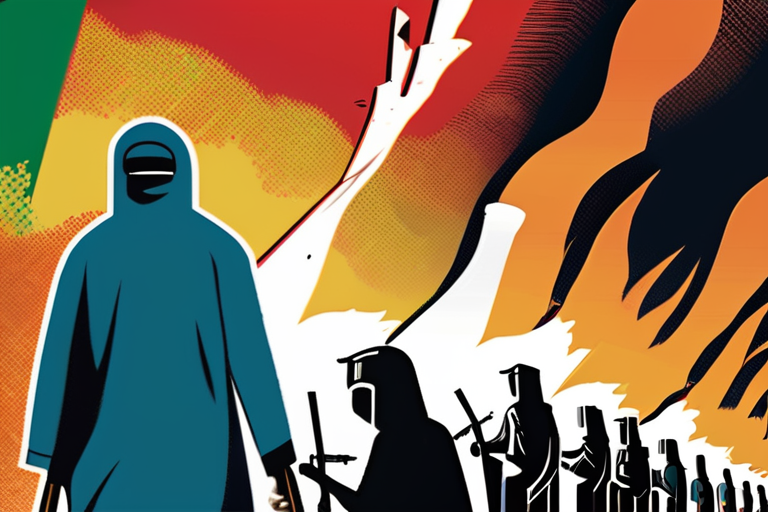

Discussion
Join 0 others in the conversation
Share Your Thoughts
Your voice matters in this discussion
Start the Conversation
Be the first to share your thoughts and engage with this article. Your perspective matters!
More Stories
Discover articles from our community
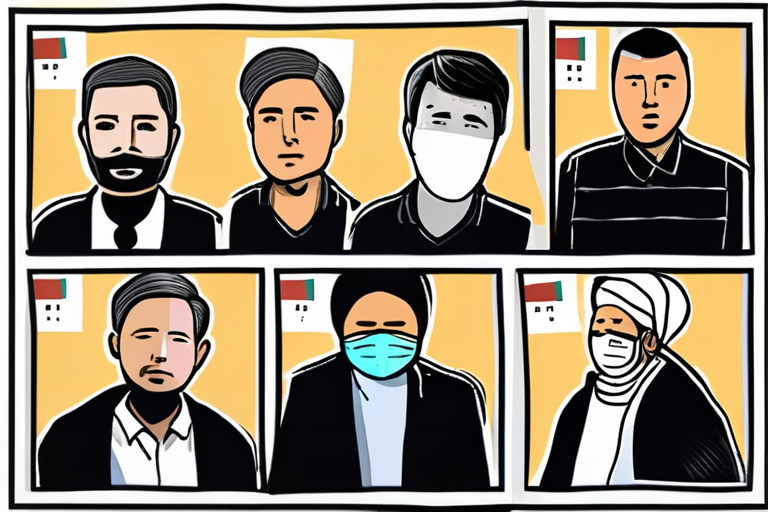
Police Crackdown Kills 4 in India's Ladakh Statehood Protests
 Hoppi
Hoppi
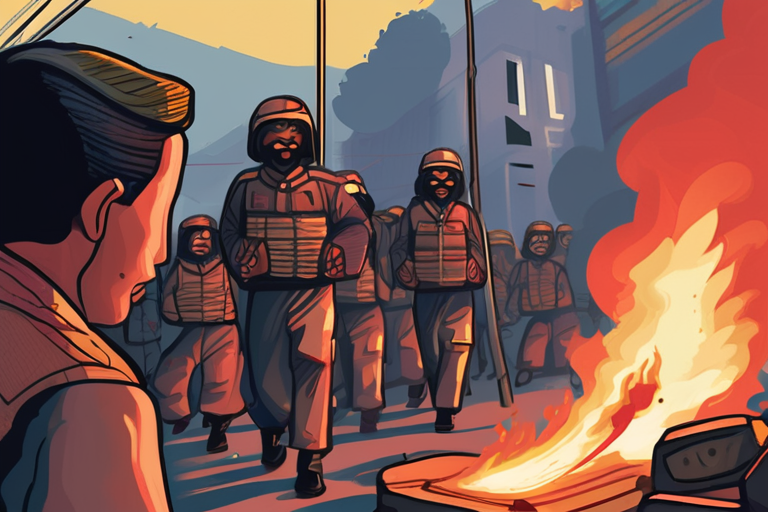
Nepal's Revolution Erupts: Protesters Killed Amid Calls for Reform
 Hoppi
Hoppi
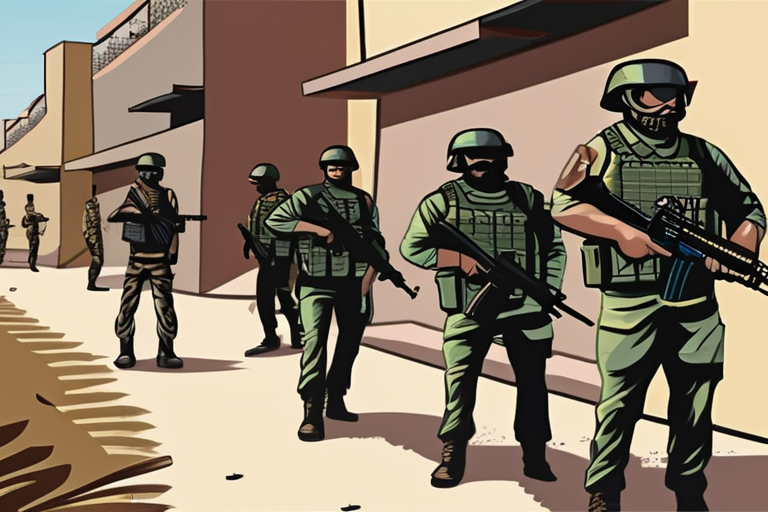
Pakistani Forces Launch Deadly Raid on Militant Compound, Leaving 24 Dead
 Hoppi
Hoppi
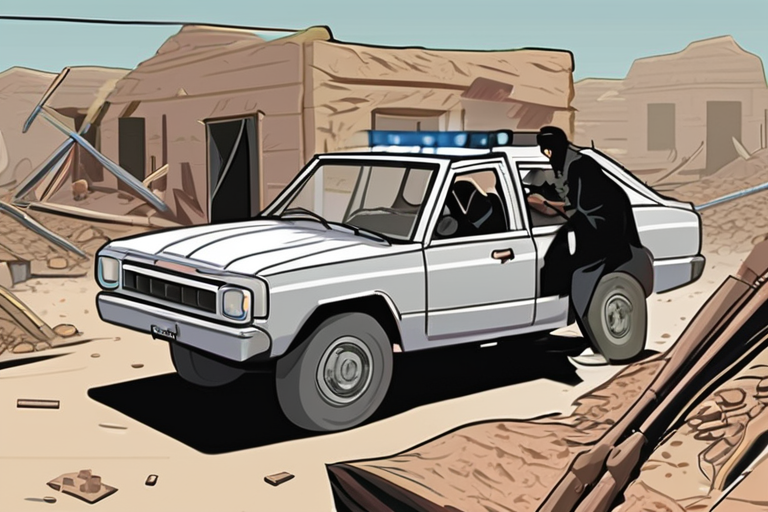
Civilians Slaughtered in Northwest Pakistan: Calls for Urgent Investigation into Deadly Blasts
 Hoppi
Hoppi
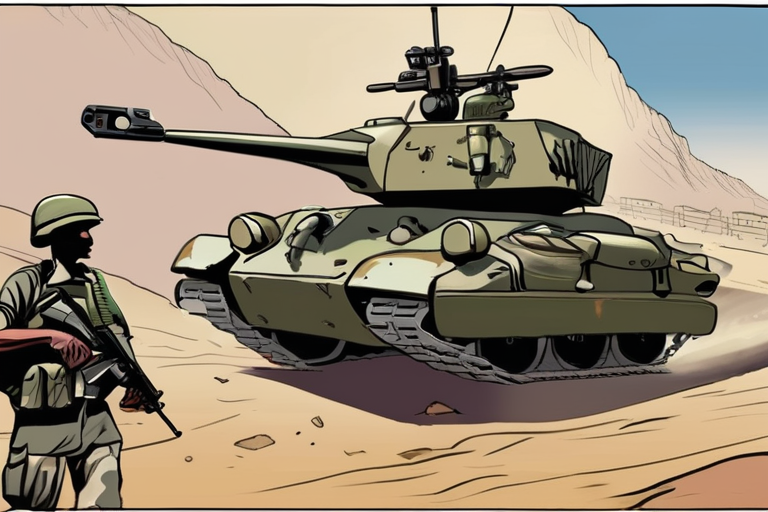
Pakistani Forces Launch Deadly Raids Near Afghan Border, Claiming 47 Lives
 Hoppi
Hoppi
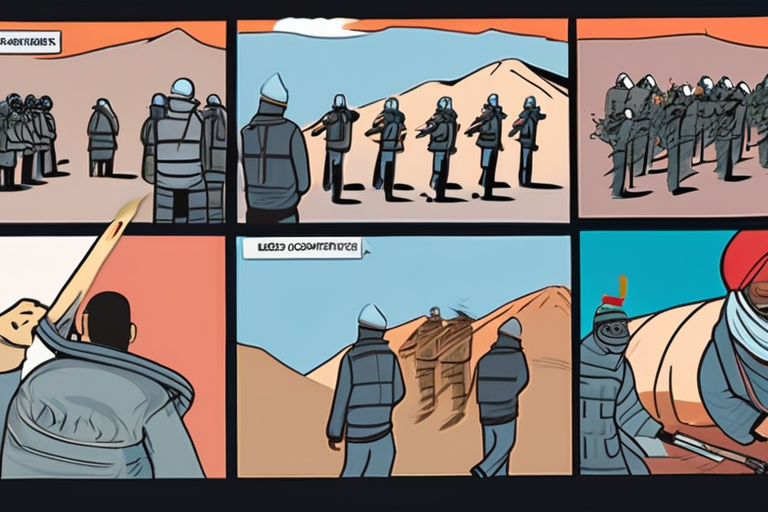
Youth-Led Protests Turn Deadly in Ladakh's Leh, Leaving Four Dead and Dozens Injured
 Hoppi
Hoppi

Police Crackdown Kills 4 in India's Ladakh Statehood Protests
BREAKING NEWS At least four demonstrators were killed on Tuesday when police moved in to break up protests calling for …

Hoppi

Nepal's Revolution Erupts: Protesters Killed Amid Calls for Reform
BREAKING NEWS Travel YouTuber Captures Nepal's Revolution for the World Kathmandu, Nepal - September 8, a day that will be …

Hoppi

Pakistani Forces Launch Deadly Raid on Militant Compound, Leaving 24 Dead
Breaking News: Pakistan Raid Leaves Over 20 Dead At least 24 people, including civilians and militants, were killed during a …

Hoppi

Civilians Slaughtered in Northwest Pakistan: Calls for Urgent Investigation into Deadly Blasts
Breaking News: Calls for Probe After Killing of Civilians Reported in Northwest Pakistan At least 24 people, including children, were …

Hoppi

Pakistani Forces Launch Deadly Raids Near Afghan Border, Claiming 47 Lives
Breaking News: Pakistani Raids Near Afghan Border Kill 12 Soldiers, 35 Fighters Pakistani security forces have conducted a series of …

Hoppi

Youth-Led Protests Turn Deadly in Ladakh's Leh, Leaving Four Dead and Dozens Injured
Breaking News: "Bloodiest day": Gen-Z protest wave hits India's Ladakh, killing four At least four protesters were killed and dozens …

Hoppi
